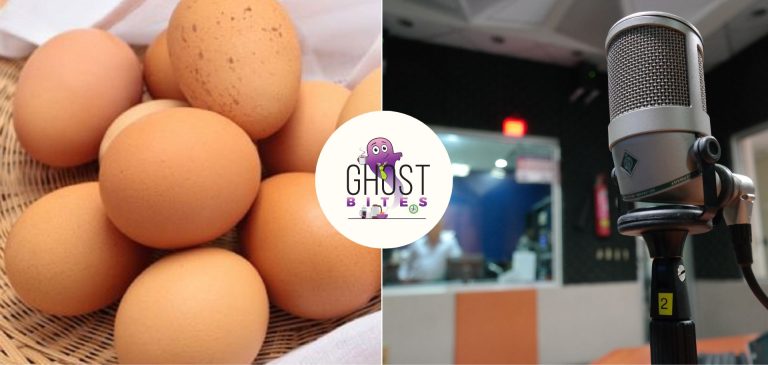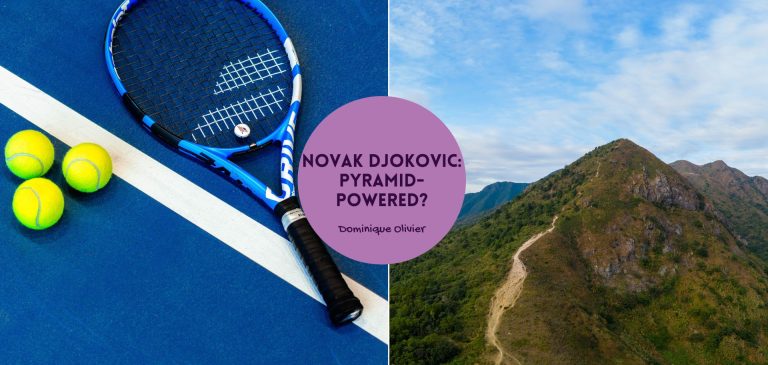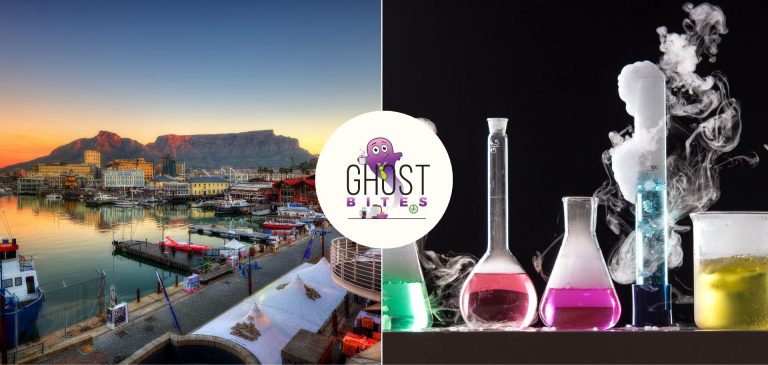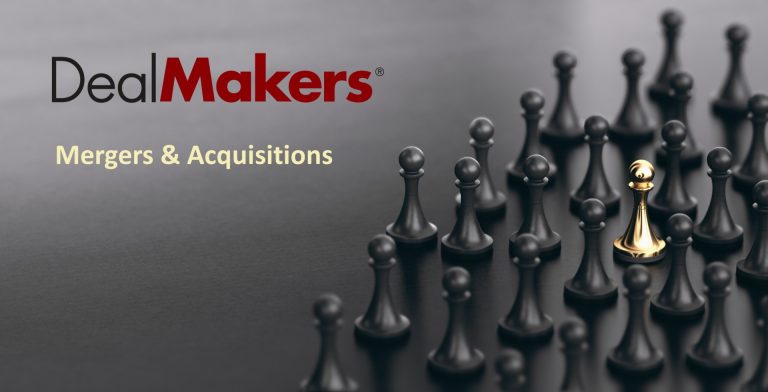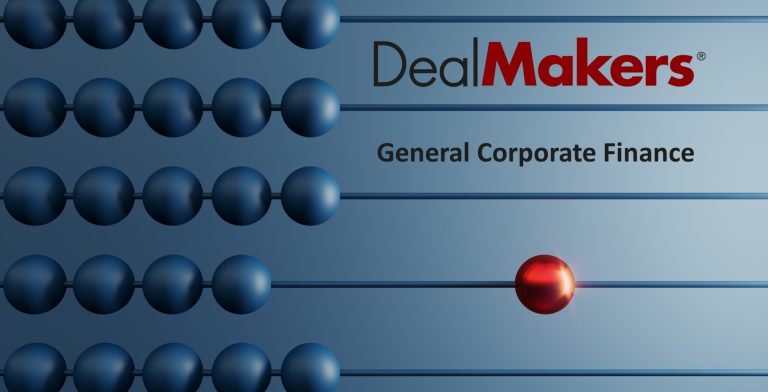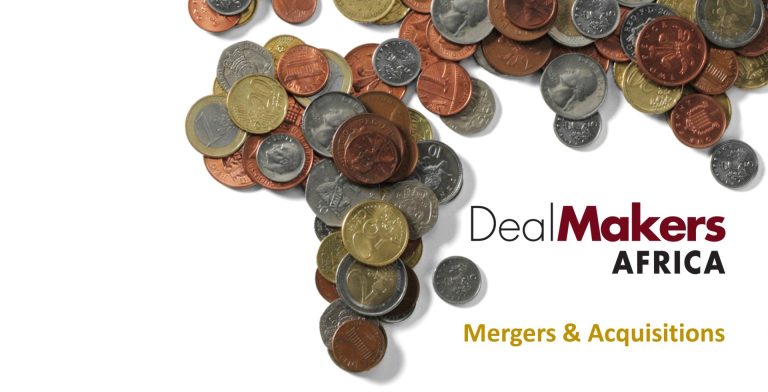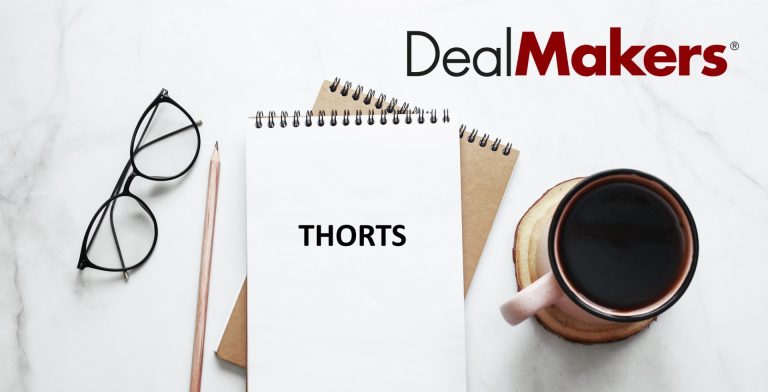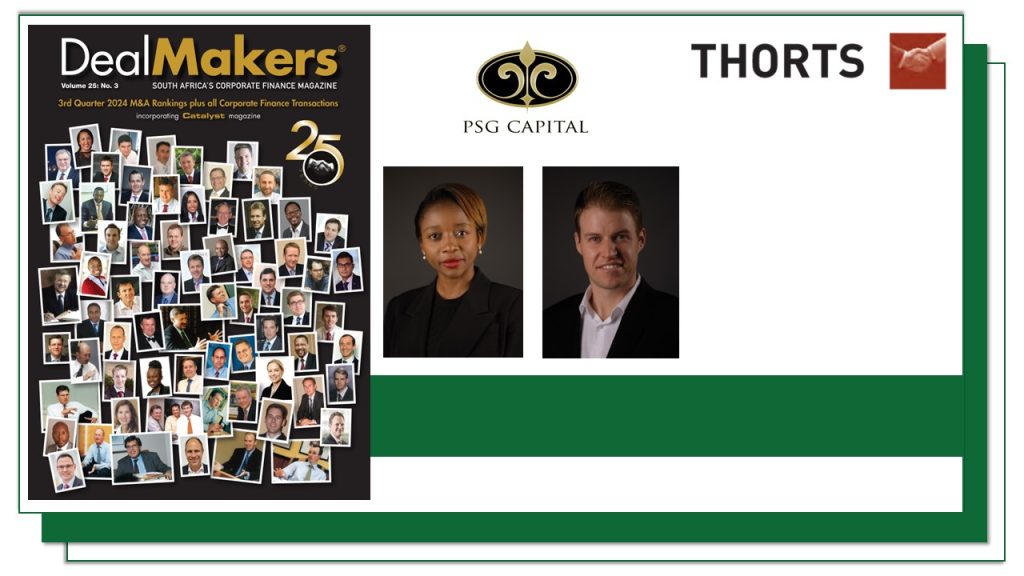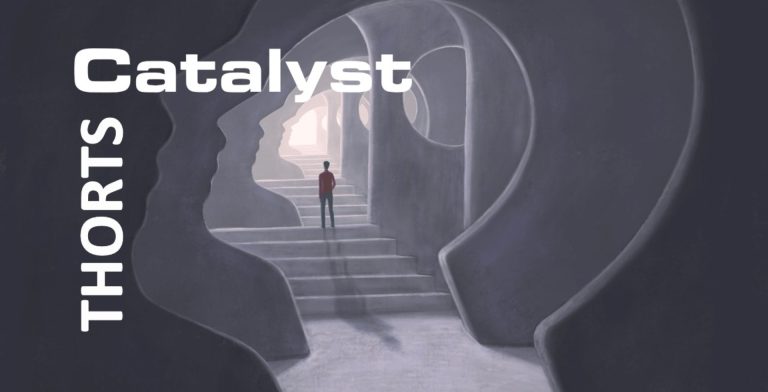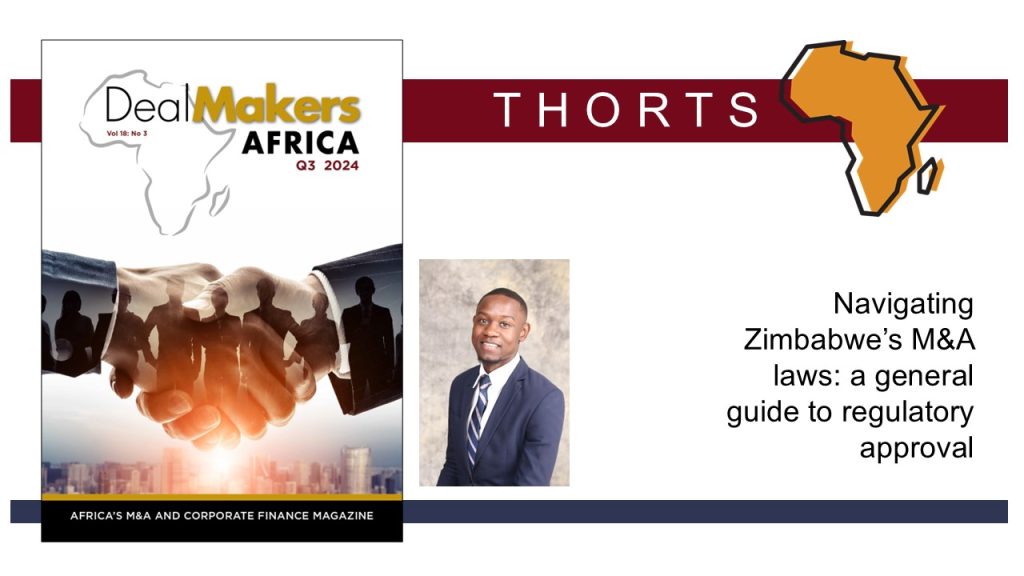Acsion: profits down, dividend up (JSE: ACS)
This is one of the more obscure property groups on the JSE
Acsion is a property developer, not a REIT that manages a mature portfolio of properties and passes the rentals through to shareholders. This doesn’t mean that Acsion doesn’t act as landlord, though. It just means that they are focused on growth in the net asset value (NAV) rather than just the dividend yield.
Property development is a risky model, not least of all when spread across different property types and even different countries. Of the three new developments highlights in the results for the six months to August 2024, two are in the Western Cape and one is in Greece! In fact, 32% of assets can be found internationally, so the group is more complicated than its low levels of liquidity in the stock would suggest. There’s a market cap of R2.8 billion here, yet an average daily value traded of just over R80k.
The latest results reflect revenue growth of 8%, yet a decrease in HEPS of 8%. The NAV increased by 6%, which is what they seem to care about most. Despite not being a REIT, the interim dividend is 9.8% higher, so they do value the dividend to some extent. The difference to a REIT is found in the low payout ratio: an interim dividend of 18 cents vs. HEPS of 65 cents.
Another clue to how different Acsion is to a REIT can be found in the loan-to-value ratio of just 8%. Property developers simply cannot run at the same levels of debt as a REIT or they will get themselves into huge trouble.
African Media Entertainment proves that radio still has a place in this world (JSE: AME)
Strong media assets can do well as the economy picks up
African Media Entertainment has released results for the six months to September. I always pay special attention to these numbers, as my business obviously sits in the media sphere as well. I understand some of the opportunities and challenges that they face!
Overall, the results have gone the right way. Revenue increased by 8% to R154.1 million and operating profit improved by 22.7% to R24.3 million. At HEPS level, the increase is by 19.1% to 246.9 cents.
Cash conversion was solid, with cash from operating activities of R27.6 million. Plenty of this flows to shareholders, with dividends of R26.9 million paid in this period.
Although African Media Entertainment has a number of underlying brands (like Algoa FM and Moneyweb), the segmental report is split based on radio broadcasting and media services, rather than by brand. Profitability in both segments went up.
If general sentiment can continue to improve in South Africa, media assets tend to get some of that benefit as brands feel more confident to spend on marketing.
AYO Technology is still making huge losses (JSE: AYO)
But at least they are less severe than before
AYO Technology released results for the year ended August. Revenue fell by 17%, so you might expect the losses to have gotten even worse. Instead, the loss before tax actually improved from a loss of R653 million in the prior year to a loss of R229 million in this financial year! An improvement in the gross margin percentage from 16% to 19% would’ve helped a lot here, clearly indicating a significant change in revenue mix.
It works out to a headline loss per share of 71.81 cents, which is still huge in the context of a share price of 41 cents!
There are literally two pages worth of litigation updates in the financials, which tells you much of what you need to know here.
Copper 360 is a reminder of the early-stage losses that are a feature of the mining industry (JSE: CPR)
The near-term focus is now on steady state production at Reitberg
Copper 360 is an excellent example of why mining companies need loads of capital in the early days of their journey. Even once the exploratory digging and related feasibility studies are completed, there are still losses to be incurred once the mine starts operating.
For the six months to August, Copper 360 achieved revenue from copper sales of R70.1 million. Operating expenses were R173 million though, so you don’t need to get the calculator out to conclude that they made a huge loss in this period.
There was also capital expenditure of R118 million in this period, so that adds to the cash flow burden. This is why the mining sector contributed so strongly to the development of the JSE over the years, as these companies need access to capital.
Looking ahead, the focus at Copper 360 is now on the steady state production at Rietberg Mine. They also need to deliver better grades and therefore more profitable copper production.
Dividends on the up at Fairvest (JSE: FTA | JSE: FTB)
And that’s the case for both classes of shares
Fairvest has released results for the six months to September. This is an old-school REIT structure with two different classes of shares. Interestingly, the percentage growth in the dividend per share for the A shares and B shares was similar: 4.4% and 4.8% respectively. This is a sign that things are normalising in the property sector, as the A shares are linked to inflation and the B shares reflect what is left for investors after the A shares. Seeing them deliver similar growth means that property funds are doing what they should do: generate growth that is roughly in line with inflation.
Underneath all this, there’s an increase in net property income of 7.2% and the loan-to-value has been maintained at 33.3%. As is the case for pretty much all property funds, further decreases in interest rates will help.
Looking ahead to the year ending September 2025, the distribution per A share will increase by the lesser of 5% or CPI as per the terms of those shares. The distribution per B share is expected to be between 4.0% and 6.3% higher.
There are still headline losses at Finbond (JSE: FGL)
This is despite important metrics improving
Finbond has released results for the six months to August. Revenue increased 7.5% and loans and advances increased 8.4%, so the important top-line numbers look decent. Profit before tax moved from a loss of R1.5 million to a profit of R4.8 million, which is encouraging albeit still very marginal.
As for the headline loss, this was unfortunately only slightly improved at R9.1 million vs. R9.9 million in the comparable period. There is therefore no dividend again.
It’s interesting to note that the narrative around the South African business is firmly one of growth and branch expansion to increase the loan book, whereas North America is more about restructuring and right-sizing the business.
Mahube Infrastructure benefits from fair value gains (JSE: MHB)
Lower interest rates cause renewable energy projects to go up in value
Renewable energy projects have long-duration cash flows, which means their value is very sensitive to the discount rate used in the valuation. When interest rates decrease, the value of these projects therefore goes up.
This is certainly what we’ve seen at Mahube Infrastructure for the six months to August. The net fair value gain was R32 million, much higher than R10 million in the comparable period. This did lovely things for HEPS, up 41%.
Cash is what really counts of course, with the dividends from portfolio companies down from R23 million to R13 million. This was due to a special dividend in the base period. Although the cash flow performance hasn’t repeated, Mahube has declared an interim dividend of 20 cents per share. For context, HEPS was 67.6 cents but most of that was due to fair value gains.
A flat year for PBT Group (JSE: PBG)
The growth boom during the pandemic has clearly plateaued
PBT Group has released results for the six months ended September. I remember being frustrated that I had missed that incredible run in this stock during the pandemic. I’m always nervous of chasing winners though, so I thankfully didn’t jump in at around R10 where the stock traded for a while. Today, it’s down at R5.62 as the market has realised that the pandemic growth can’t carry on forever.
The share price is down 24% in the past year and the latest results are unlikely to change that momentum. Revenue increased by just 0.3%, gross profit fell 2% and normalised HEPS increased by 0.9%. It’s a stable and strong business, but these sort of numbers lead to an ex-growth valuation and that inevitably means a mid-single digit P/E multiple on the JSE.
The silver lining is that the interim dividend is up 3.8%, so they’ve increased the payout ratio to try give the investment case some support. The cash generative nature of the group does come through here, with normalised HEPS of 31.7 cents and an interim distribution of 27 cents. There is a scrip dividend alternative for those who would prefer to receive more shares rather than cash dividends.
Non-billability in the data and analytics division was a significant challenge in this period, which means they simply had more staff available than needed for the level of demand. There are only two ways to fix that. The less painful way is to find more demand, which is hopefully what will happen.
Governance weirdness aside, Quantum Foods has seen a strong uptick in profits (JSE: QFH)
This is despite a decrease in revenue
Quantum Foods has been in the headlines this year for all sorts of reasons that are unrelated to the sale of eggs. There were some major disputes between the board and shareholders, as well as within the board. As things stand, these issues are still ongoing, including legal action.
Focusing on the numbers for the year ended September, Quantum Foods suffered an 8.9% decrease in revenue and had to deal with significant impacts of avian flu. Despite this, HEPS swung around spectacularly from a loss of 17.4 cents to a profit of 80.4 cents. One of the reasons is that although the HPAI virus was a feature once more, the losses were vastly lower than in the comparable period.
The main reason for this strange shape to the income statement is the performance of the eggs segment, where revenue fell by 35% and yet the division swung from an operating loss of R42 million to an adjusted operating profit of R140 million. Other areas of the business saw a significant improvement in profits as well, like the farming operations that reported revenue growth of 2.1% and an adjusted operating loss of R11 million – much better than the loss of R80 million in the comparable period.
It really is a difficult set of numbers to try and extrapolate going forward, but that’s a feature of this sector. The good news is that some improvements seem to be here to stay, like the savings from no load shedding. Others, like input costs to feed the chickens (e.g. yellow maize), are volatile and based on numerous factors in global agriculture markets.
Combined with structurally low margins in the chicken game, this is why the profitability of a group like Quantum can bounce around like this.
Reinet’s NAV boosted by British American Tobacco (JSE: RNI)
Largest exposure Pension Insurance Corporation was flat
Reinet has released results for the six months to September. They compare the net asset value (NAV) per share to the end of March, so keep this in mind when you see growth in the NAV of 6.6% for the period. Also remember that this is reported in euros, so that’s a hard currency return – something that used to be a lot more impressive before the rand had a great year thanks to the GNU!
Of course, those invested in Reinet are interested in a far longer-term view than just this year. The company reminds the market that it has achieved a total compound return of 9% per annum since March 2009, again in euros. That’s impressive, as we all know what the rand looks like over those 15 years.
The cornerstone asset is Pension Insurance Corporation Group, contributing 52.6% of the NAV. The next largest is British American Tobacco, which had a fantastic six months in terms of share price growth, increasing its contribution from 22% to 24%. The rest of the exposure is spread across various private equity partnerships around the world.
The best way to think about Reinet is as Johann Rupert’s personal asset management company. Over time, it has done very well.
Nibbles:
- Director dealings:
- We still find ourselves in a world where Mr Price (JSE: MRP) executives sell their share awards as quickly as they receive them. The CEO sold shares worth R25 million, the CFO sold shares worth R2.5 million and the company secretary sold shares worth almost R2.7 million.
- Acting through Titan Premier Investments, Christo Wiese has bought further shares in Brait (JSE: BAT) to the value of R7.8 million. He’s been doing this a lot lately!
- An executive director of Motus (JSE: MTH) sold shares worth R5.2 million.
- An associate of a director of STADIO (JSE: SDO) sold shares worth R2.04 million. The announcement notes that this was for the purposes of settling debt and that this sale is a small percentage of his total holding.
- A non-executive director of KAL Group (JSE: KAL) bought shares worth R987k.
- A director of Purple Group (JSE: PPE) has bought shares worth R470k.
- The spouse of a director of Mantengu Mining (JSE: MTU) bought shares worth just under R100k.
- Choppies (JSE: CHP) released a cautionary announcement regarding the possible sale of Choppies Zimbabwe. They have 30 stores in the country and they have been struggling, with a huge shift to informal retail in the country. This is what happens in a failed country: people go backwards. At this stage there are only discussions about a potential deal rather than confirmed terms, so there’s no guarantee of a transaction being announced.
- Given how incredibly aggressive the initial timeline was for this due diligence, I’m not surprised at all that Super Group (JSE: SPG) has announced an extension of the exclusivity period by one week for the deal that could see Pacific Equity Partners acquire SG Fleet in Australia. Whilst there’s still no certainty of a deal happening here, at least things are still alive and moving forwards.
- Speaking of deal timelines, we already know that Remgro (JSE: REM) and Vodacom (JSE: VOD) will be appealing the decision by the Competition Tribunal to block the Maziv fibre deal. Personally, as someone who loves South Africa and wants to see it actually work, I hope their appeal wins. The lawyers now need to stay on top of things like longstop dates in the agreement, as they need to keep extending them to stop the deal from lapsing. The latest extension is from 29 November to 9 December 2024. The parties clearly want to keep their options open, based on this extension being for just a few days.
- MTN (JSE: MTN) announced that CEO Ralph Mupita’s employment agreement has been extended for 5 years. It was originally going to expire in September 2025 and will now only expire in 2030. Although it’s been an unhappy time for MTN, this has been more due to macro factors than issues at the company. I haven’t seen anyone attributing the disappointing performance to the CEO, so it makes sense to have consistency of leadership going forwards.
- Spear REIT (JSE: SEA) has implemented the disposal of 100 Fairways for R160 million. As there was no debt against the property, the full proceeds have been used to reduce existing debt facilities. This takes the loan-to-value ratio down to between 28% and 29%.
- Lighthouse Properties (JSE: LTE) has concluded the disposal of the Planet Koper mall in Slovenia. The deal was announced back in July 2024 and transfer has now taken place.
- In another sad reminder that mining is still dangerous, Harmony Gold (JSE: HAR) reported a loss-of-life incident at the Moab Khotsong mine due to a fall of ground. The affected area has been temporarily closed for investigations.
- African Dawn Capital (JSE: ADW) has a market cap of R3 million, so you’ll forgive me for only giving the results for the six months to August a passing mention. Revenue was R6.3 million and the loss before tax was R8.8 million. The headline loss per share was 11.9 cents.
- Although I don’t usually mention changes in non-executive directors, it’s worth highlighting that Hulamin (JSE: HLM) has appointed three non-executive directors to fill vacancies on the board. This comes after another non-executive director resigned. That’s quite a lot of change all at once.
- African and Overseas Enterprises (JSE: AOO | JSE: AON) and Rex Trueform (JSE: RTO | RTN) have added their names to the growing list of small- and mid-cap companies that have transferred their listing to the new General Segment of the JSE Main Board to take advantage of a simpler set of rules. I’m mentioning them together as they are in the same group of companies. Also, Rex Trueform is looking for a new CFO after Damien Franklin resigned as CFO of the company. The resignation is effective immediately and the lack of a named successor suggests that it came as a surprise to the company.
- Salungano Group (JSE: SLG) is currently suspended from trading due to failures to publish financial results. They intend to publish FY24 results by March 2025, so they will be suspended for a while still. On top of this, they are also dealing with a creditors’ compromise proposal at wholly-owned subsidiary Keaton Energy Holdings.

